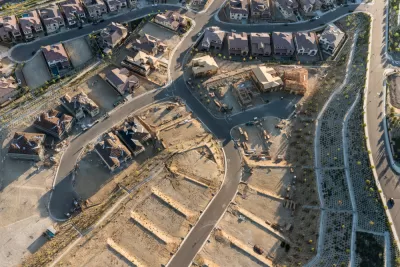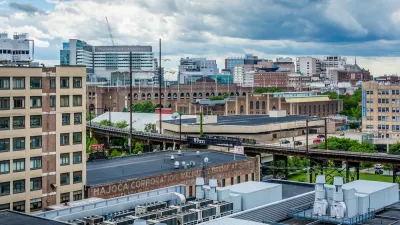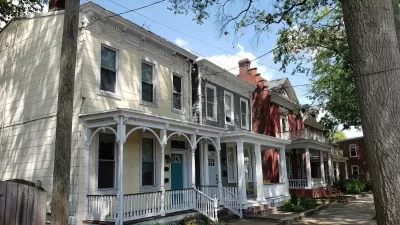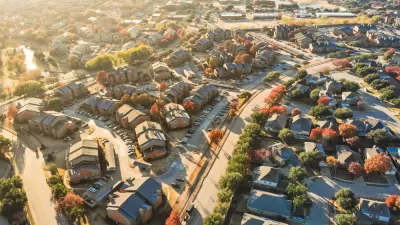Increasingly unaffordable housing in most U.S. metropolitan areas is pushing low-income workers farther away, decreasing their access to economic opportunities.

An in-depth examination of housing inequity in the 100 largest metropolitan areas in the United States by Thai Le, Edward Muña, Sarah Treuhaft, and Rasheedah Phillips delves into the “shrinking geography of opportunity” that is putting affordable housing and economic opportunities out of reach for many Americans.
“Not only is there an overall shortage of affordable rental homes, but they are rarely located in ‘high-opportunity’ neighborhoods that have high-quality schools, safe streets, clean air, parks, reliable transit, and proximity to jobs, retail, and services,” the authors write.
In the past, racially discriminatory policies, including redlining, urban renewal, and government-backed home loans (almost exclusively for white homebuyers), created geographic concentrations of opportunity and disadvantage throughout regions. Today, policies that are not explicitly discriminatory yet have racially inequitable impacts (e.g., exclusionary zoning), maintain these patterns of spatial inequality — effectively locking many people of color out of educational and economic opportunity.
The source link includes the full analysis, which concludes that “there is a growing gap in access to affordable housing and high-quality neighborhoods for working-class renters and renters of color.” The authors say that “Reversing the trend of shrinking neighborhood opportunity for low-income renters and ensuring that all residents have access to safe and affordable housing in opportunity-rich neighborhoods is crucial to reversing the racial and economic inequities that prevent equitable, prosperous regions.”
FULL STORY: The Shrinking Geography of Opportunity in Metro America

Study: Maui’s Plan to Convert Vacation Rentals to Long-Term Housing Could Cause Nearly $1 Billion Economic Loss
The plan would reduce visitor accommodation by 25,% resulting in 1,900 jobs lost.

North Texas Transit Leaders Tout Benefits of TOD for Growing Region
At a summit focused on transit-oriented development, policymakers discussed how North Texas’ expanded light rail system can serve as a tool for economic growth.

Why Should We Subsidize Public Transportation?
Many public transit agencies face financial stress due to rising costs, declining fare revenue, and declining subsidies. Transit advocates must provide a strong business case for increasing public transit funding.

How to Make US Trains Faster
Changes to boarding platforms and a switch to electric trains could improve U.S. passenger rail service without the added cost of high-speed rail.

Columbia’s Revitalized ‘Loop’ Is a Hub for Local Entrepreneurs
A focus on small businesses is helping a commercial corridor in Columbia, Missouri thrive.

Invasive Insect Threatens Minnesota’s Ash Forests
The Emerald Ash Borer is a rapidly spreading invasive pest threatening Minnesota’s ash trees, and homeowners are encouraged to plant diverse replacement species, avoid moving ash firewood, and monitor for signs of infestation.
Urban Design for Planners 1: Software Tools
This six-course series explores essential urban design concepts using open source software and equips planners with the tools they need to participate fully in the urban design process.
Planning for Universal Design
Learn the tools for implementing Universal Design in planning regulations.
City of Santa Clarita
Ascent Environmental
Institute for Housing and Urban Development Studies (IHS)
City of Grandview
Harvard GSD Executive Education
Toledo-Lucas County Plan Commissions
Salt Lake City
NYU Wagner Graduate School of Public Service





























